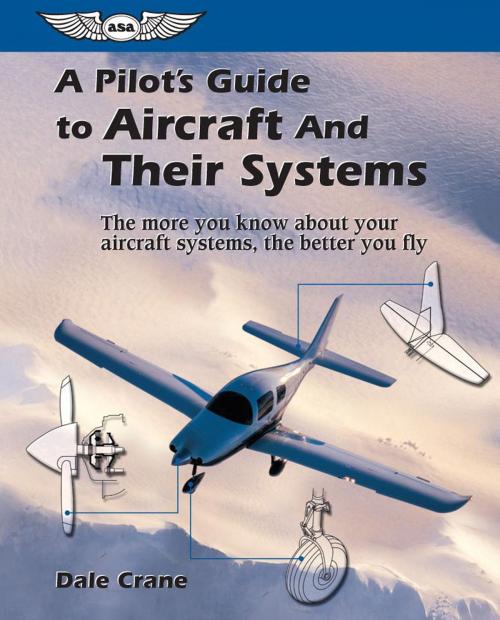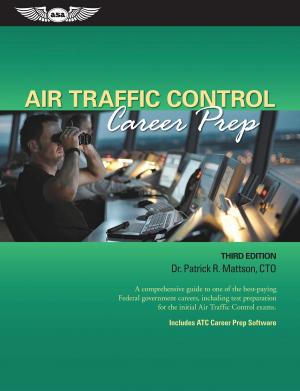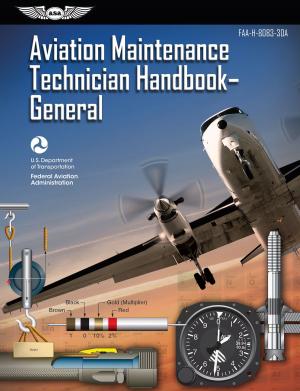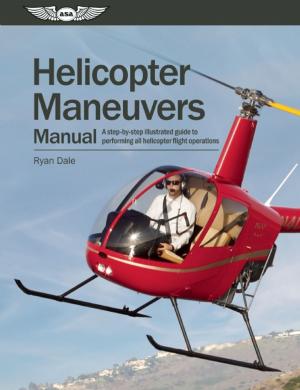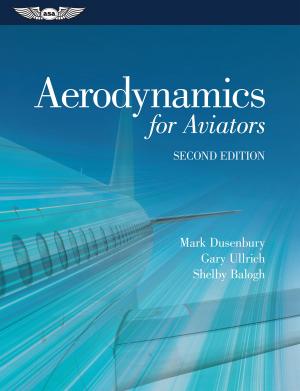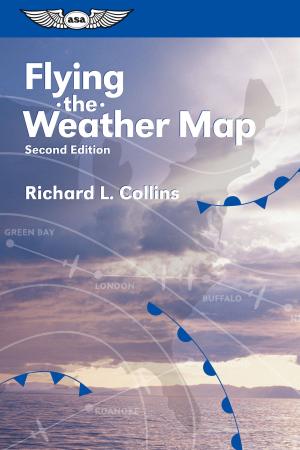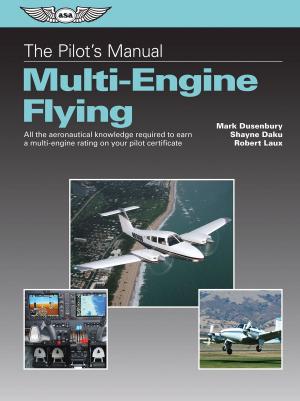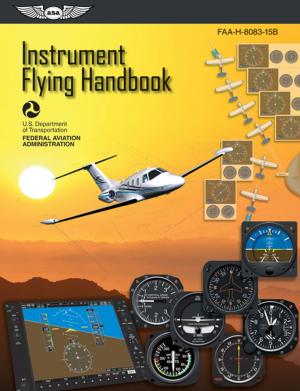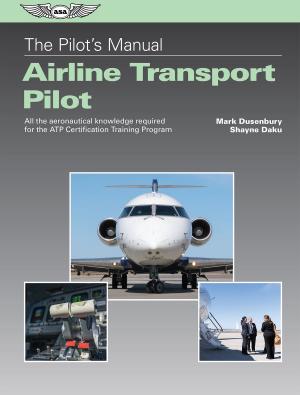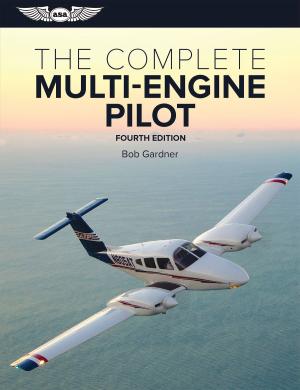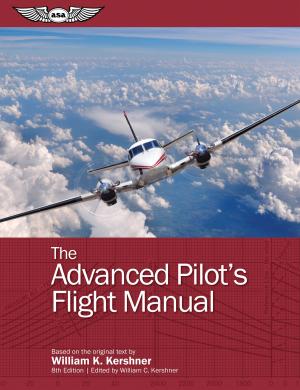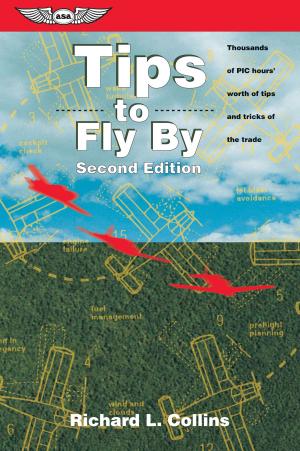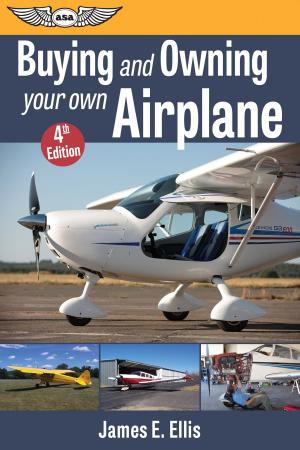A Pilot's Guide to Aircraft and Their Systems
Nonfiction, Reference & Language, Transportation, Aviation, Repair & Maintenance| Author: | Dale Crane | ISBN: | 9781619547728 |
| Publisher: | Aviation Supplies & Academics, Inc. | Publication: | June 8, 2018 |
| Imprint: | Aviation Supplies & Academics, Inc. | Language: | English |
| Author: | Dale Crane |
| ISBN: | 9781619547728 |
| Publisher: | Aviation Supplies & Academics, Inc. |
| Publication: | June 8, 2018 |
| Imprint: | Aviation Supplies & Academics, Inc. |
| Language: | English |
In the early days of aviation, an aviator had to be pretty much a mechanic as well as a pilot because the airplanes and engines were less than completely dependable. When a pilot had a forced landing away from help, it was up to him to find and fix the problem to get the airplane back into the air. Fortunately these airplanes were not complex in their systems nor complicated to fix. In the more than half a century since World War II aircraft have become a vital component of our transportation system, developed and finely tuned to become the fast, efficient, dependable, and safe machines they are today.
These technological advances have been accompanied with additional complexities and demands that the aircraft be operated in exactly the way the designer intended. To do this, pilots must understand what each handle or knob controls and what he or she can expect from each system. Maintenance technicians must thoroughly understand the aircraft and its systems to keep them functioning as they were designed and built to do.
This book has been prepared to furnish pilots and armchair aviators with explanation and insight into what the aircraft, powerplant, and each of the systems do. In this way, the book may also serve as an introduction to the ASA Aviation Maintenance Technician Series of books that go further in depth to explain exactly how the aircraft and its systems work — textbooks for Aviation Maintenance school curriculum. But most importantly, A Pilot's Guide to Aircraft and Their Systems will help pilots enjoy their flying and make them safer and more efficient aviators.
In the early days of aviation, an aviator had to be pretty much a mechanic as well as a pilot because the airplanes and engines were less than completely dependable. When a pilot had a forced landing away from help, it was up to him to find and fix the problem to get the airplane back into the air. Fortunately these airplanes were not complex in their systems nor complicated to fix. In the more than half a century since World War II aircraft have become a vital component of our transportation system, developed and finely tuned to become the fast, efficient, dependable, and safe machines they are today.
These technological advances have been accompanied with additional complexities and demands that the aircraft be operated in exactly the way the designer intended. To do this, pilots must understand what each handle or knob controls and what he or she can expect from each system. Maintenance technicians must thoroughly understand the aircraft and its systems to keep them functioning as they were designed and built to do.
This book has been prepared to furnish pilots and armchair aviators with explanation and insight into what the aircraft, powerplant, and each of the systems do. In this way, the book may also serve as an introduction to the ASA Aviation Maintenance Technician Series of books that go further in depth to explain exactly how the aircraft and its systems work — textbooks for Aviation Maintenance school curriculum. But most importantly, A Pilot's Guide to Aircraft and Their Systems will help pilots enjoy their flying and make them safer and more efficient aviators.
